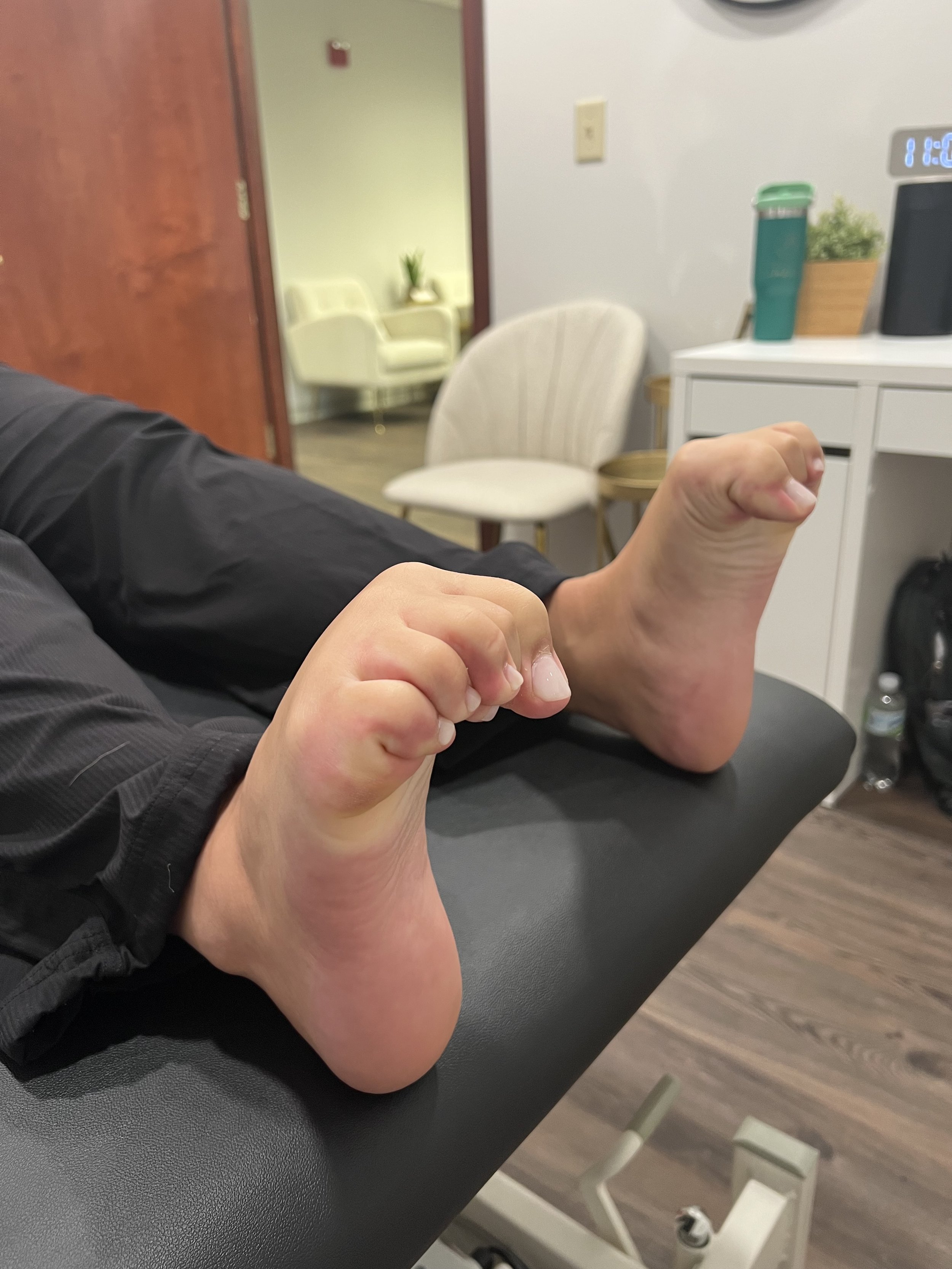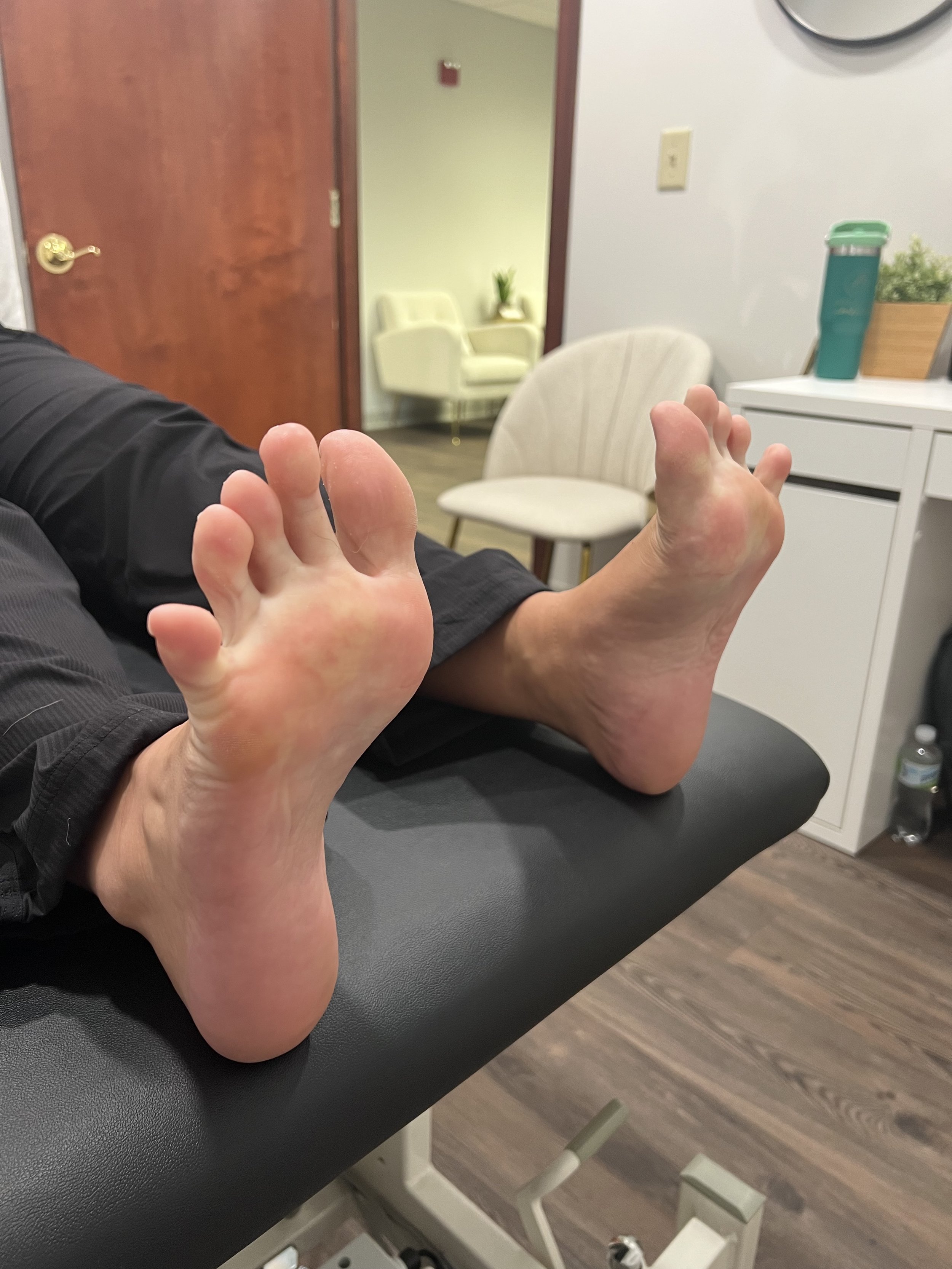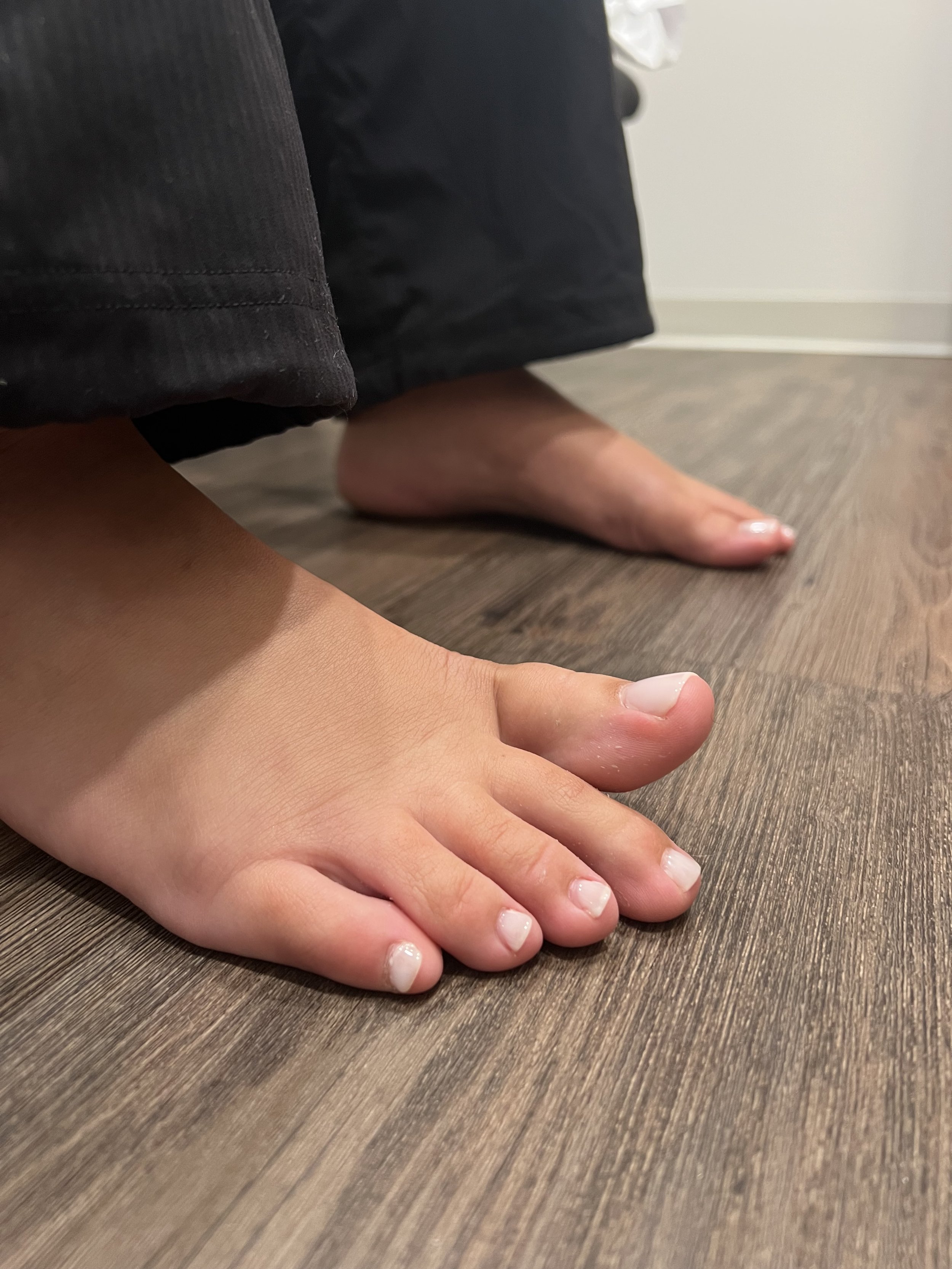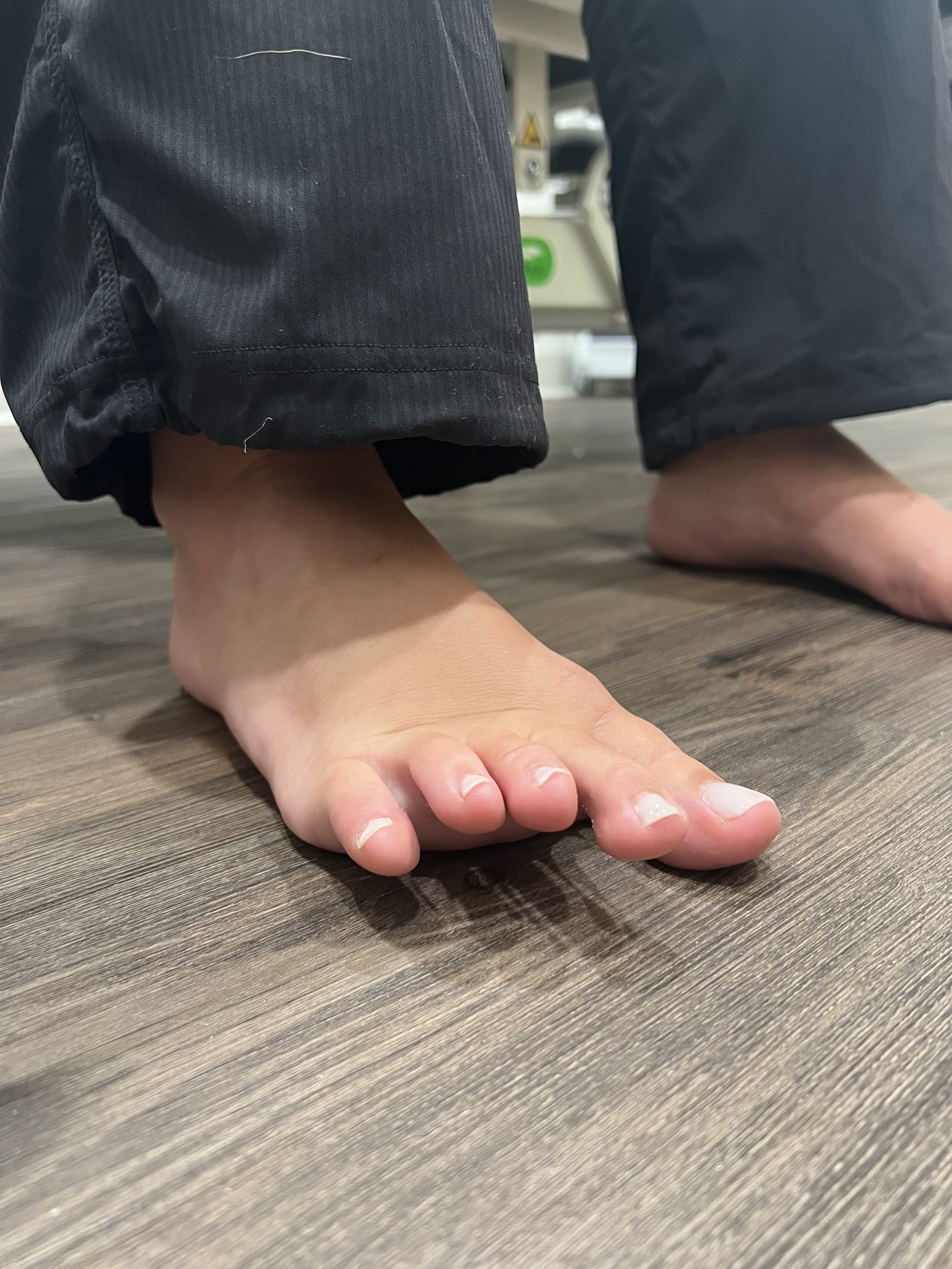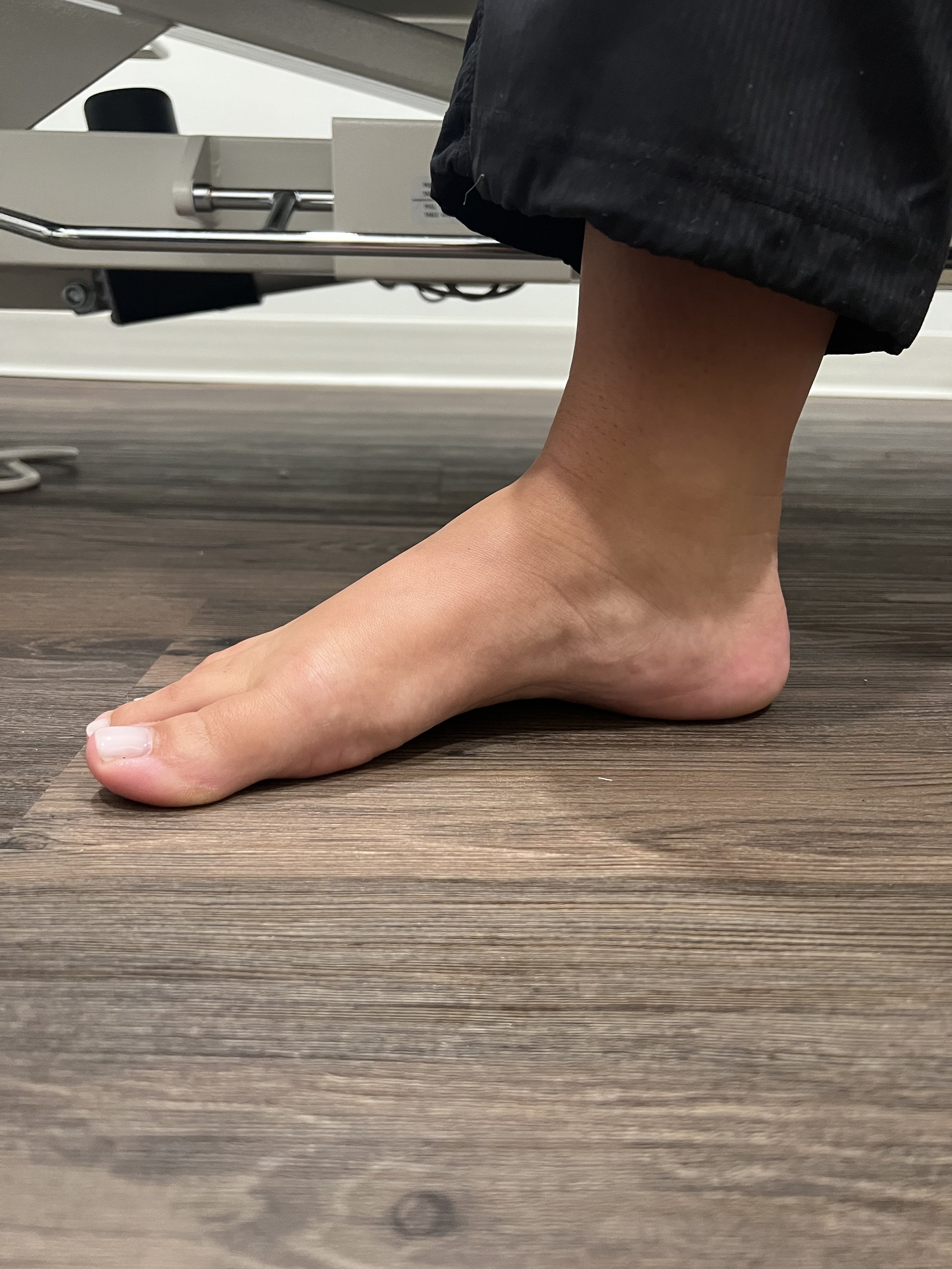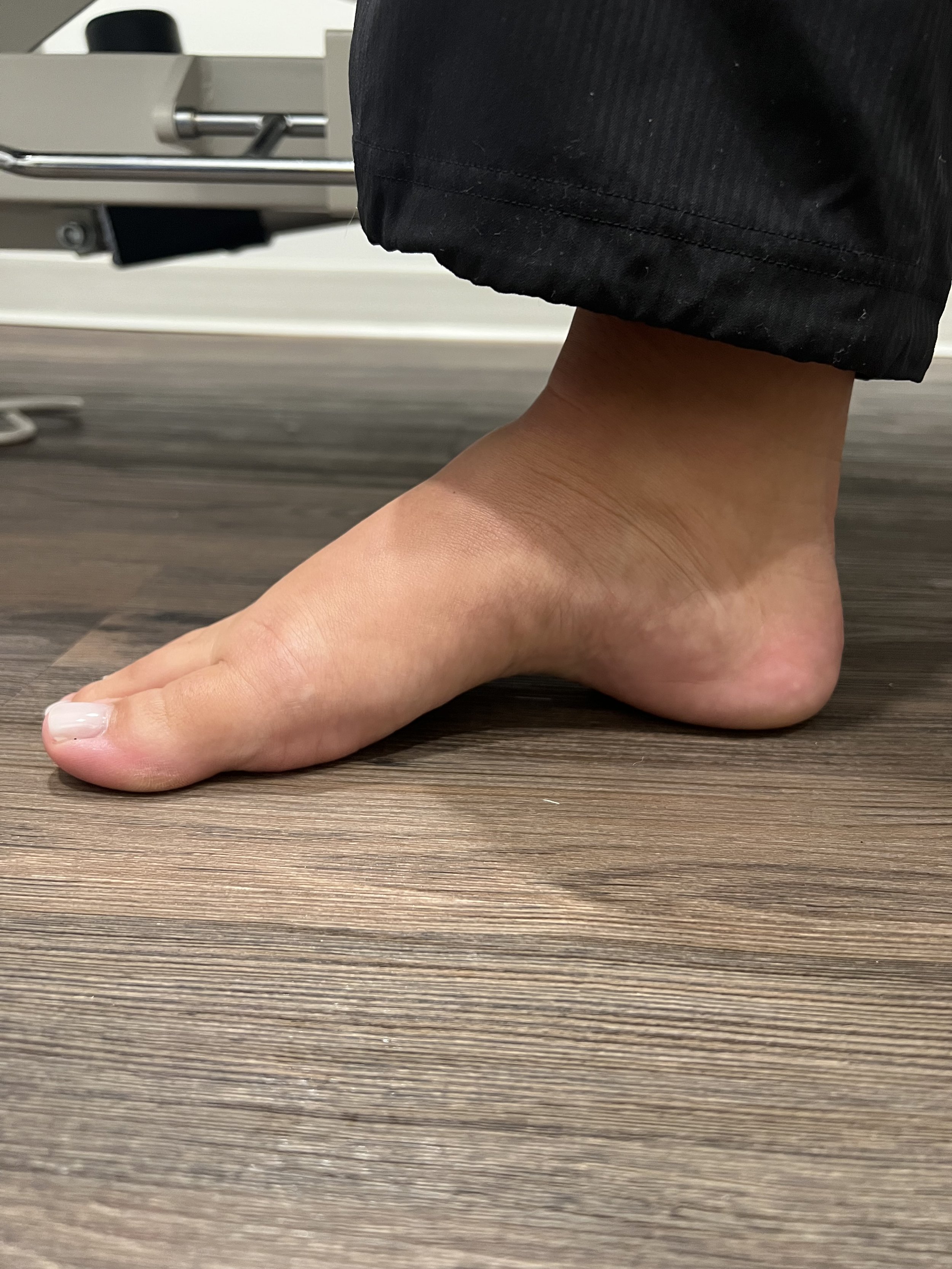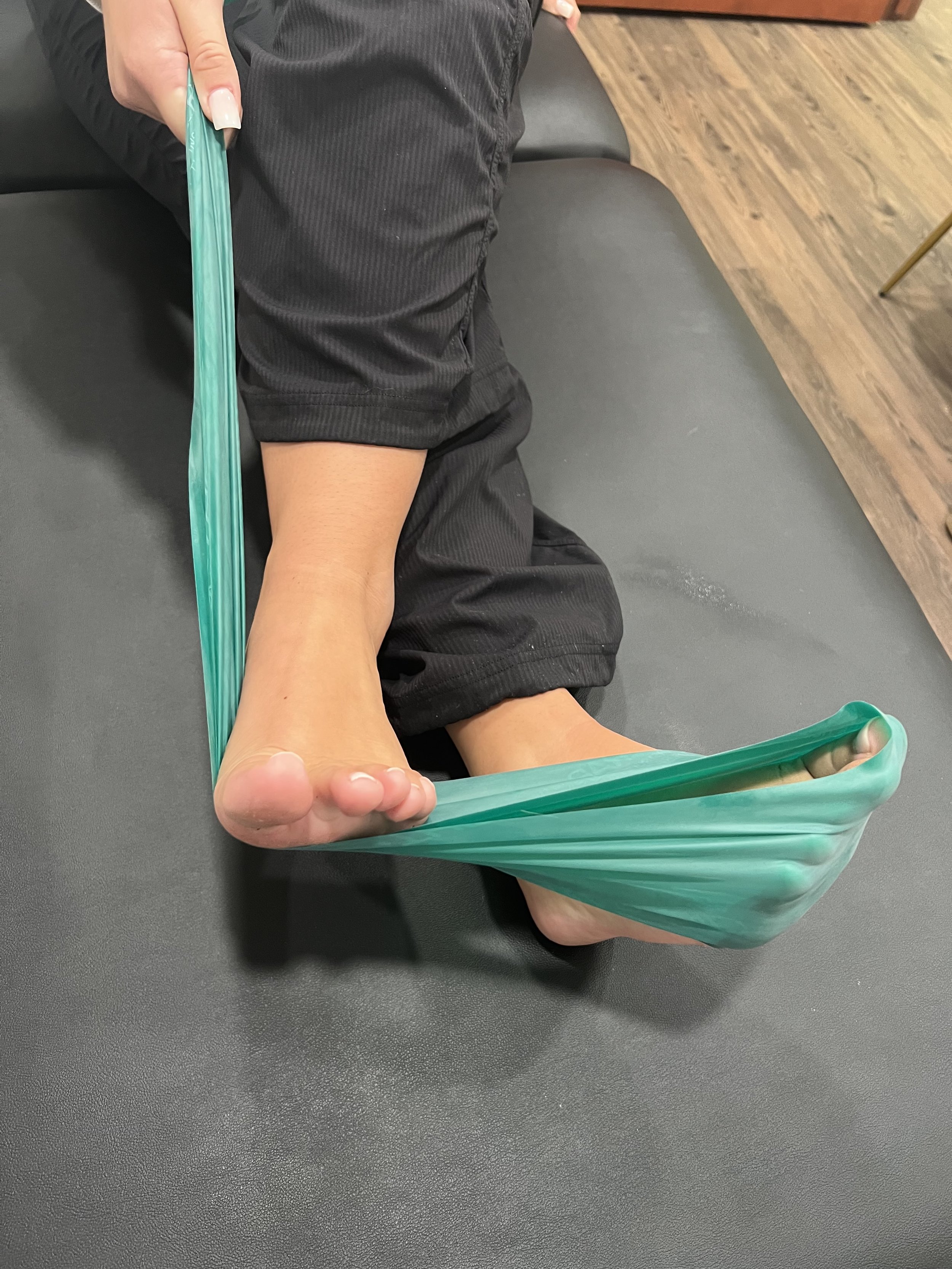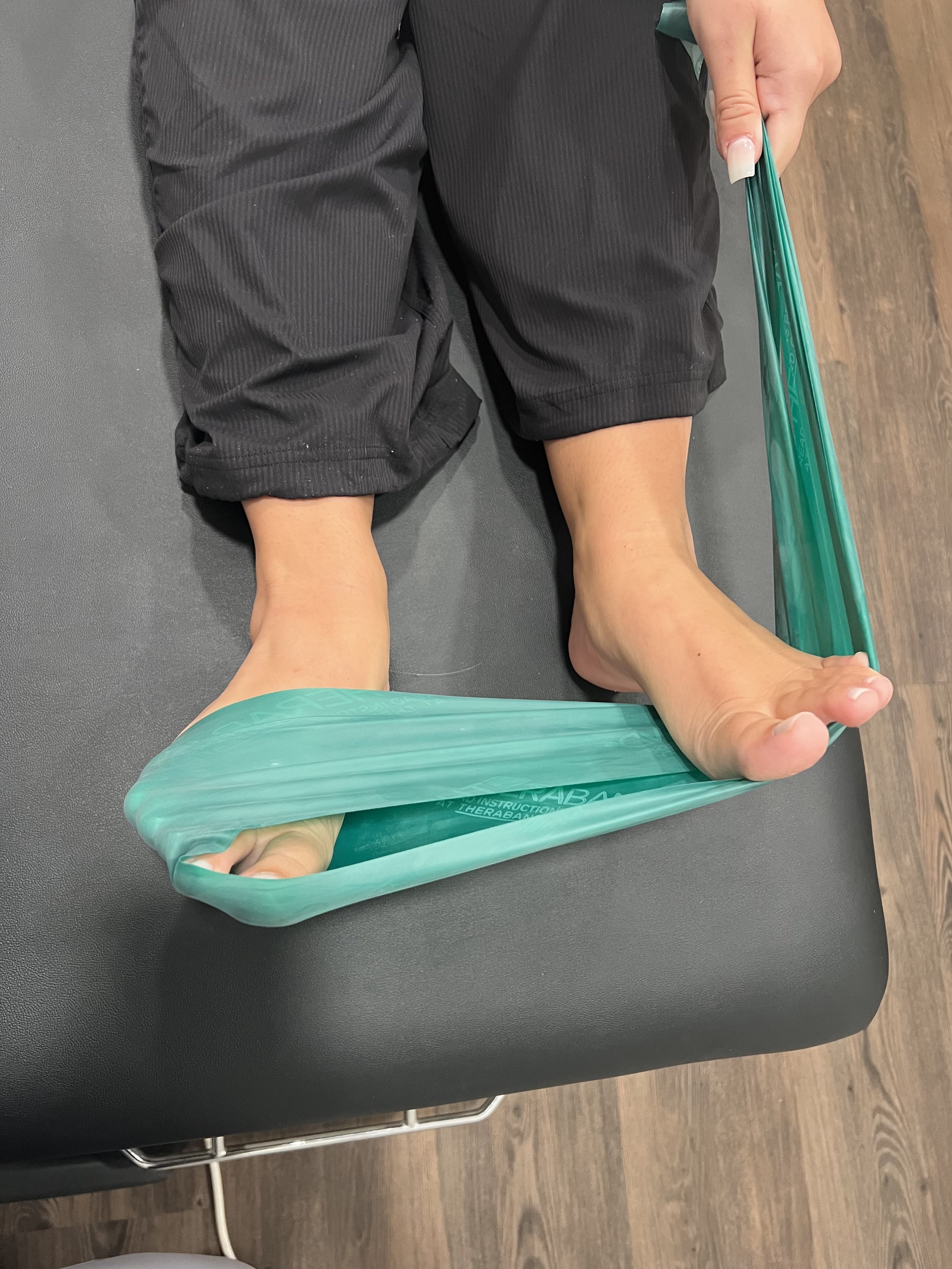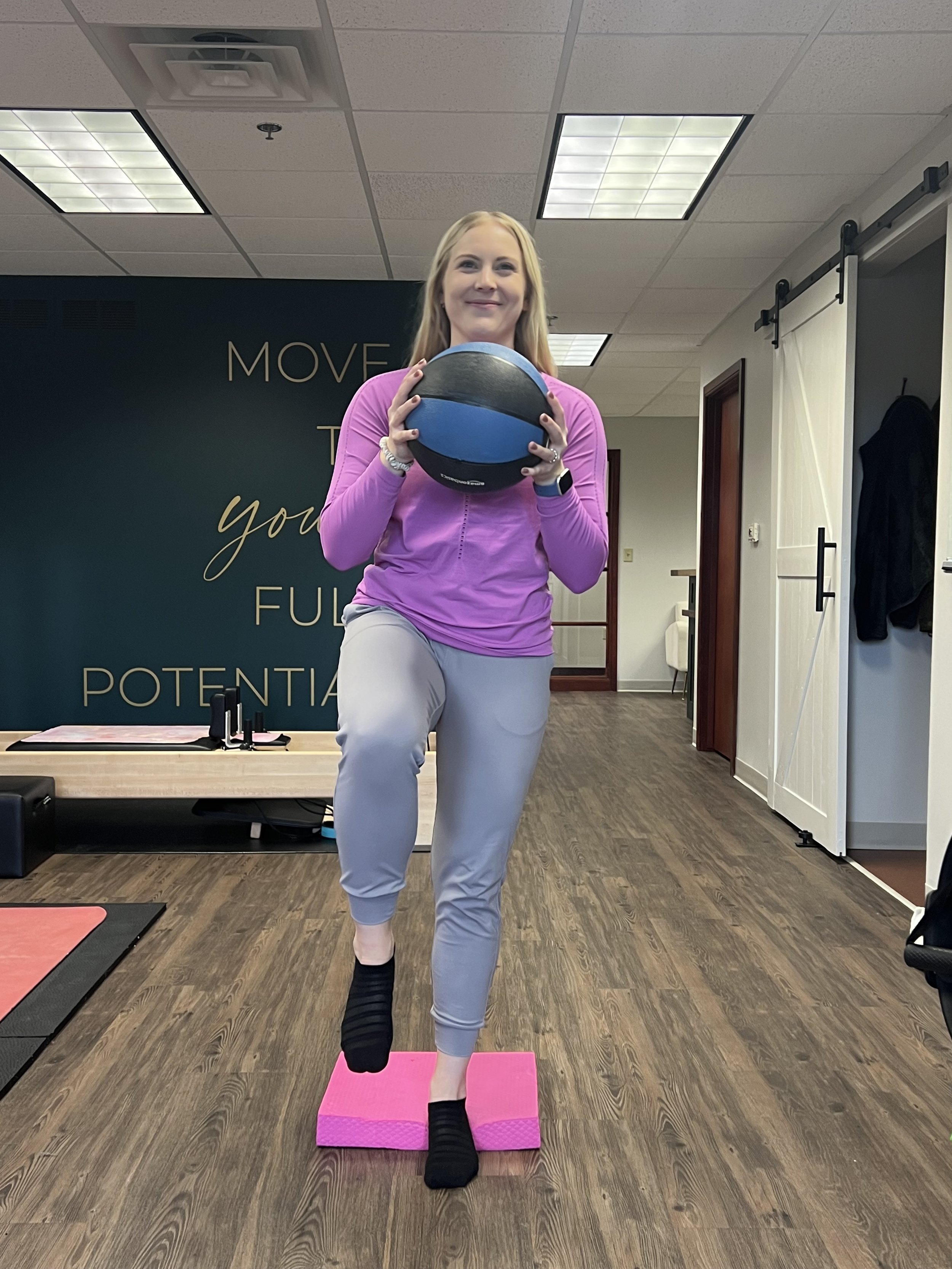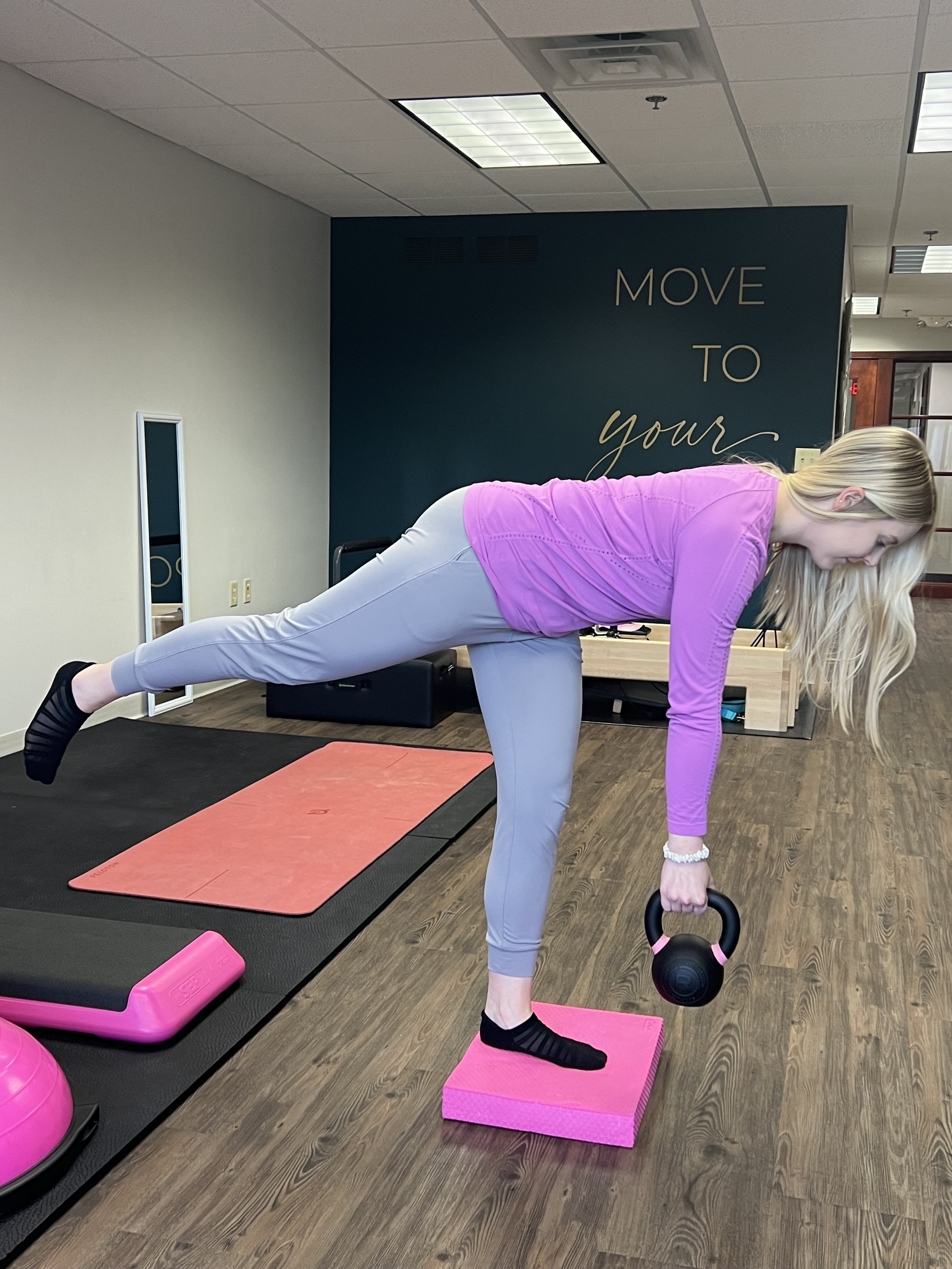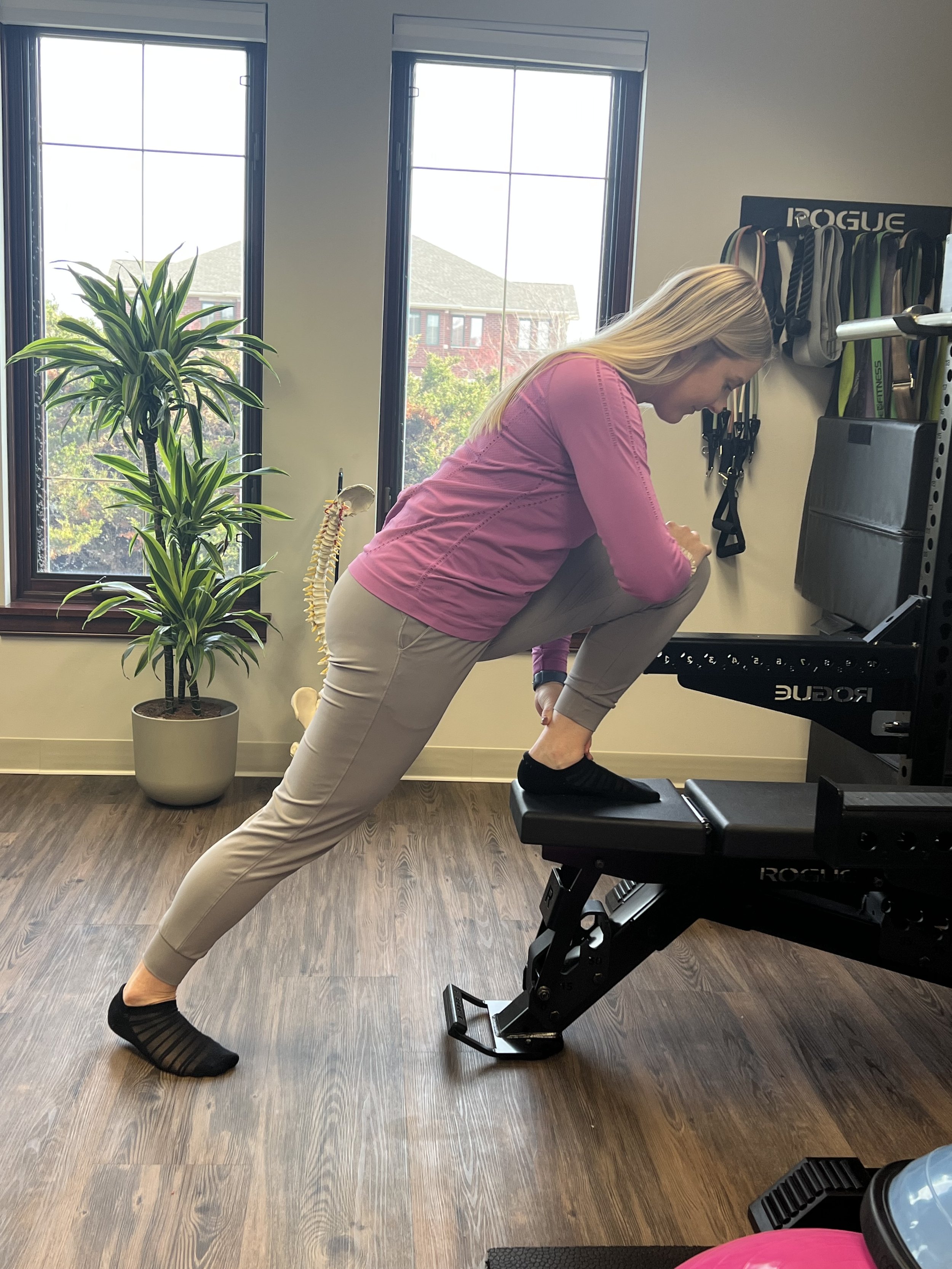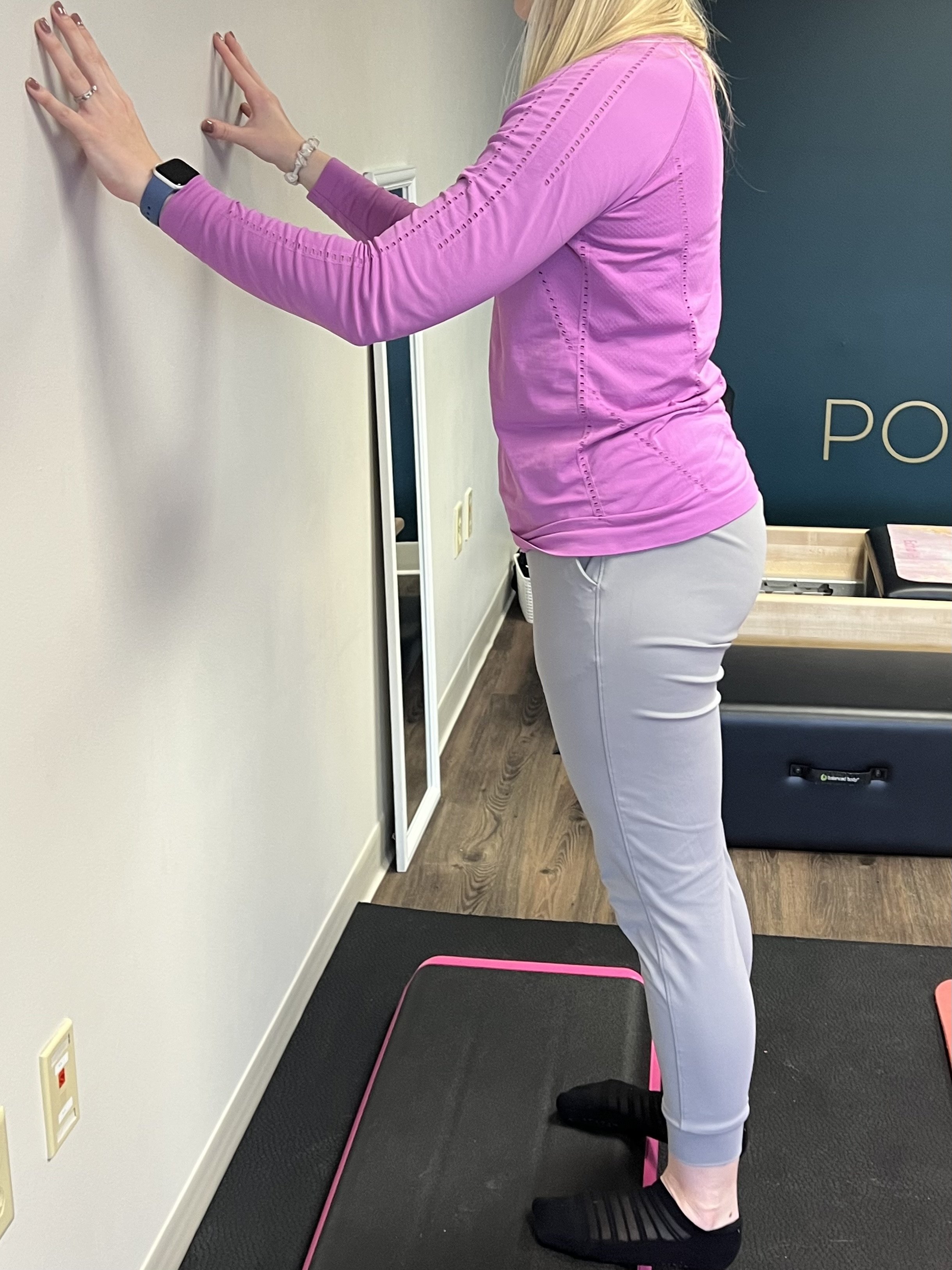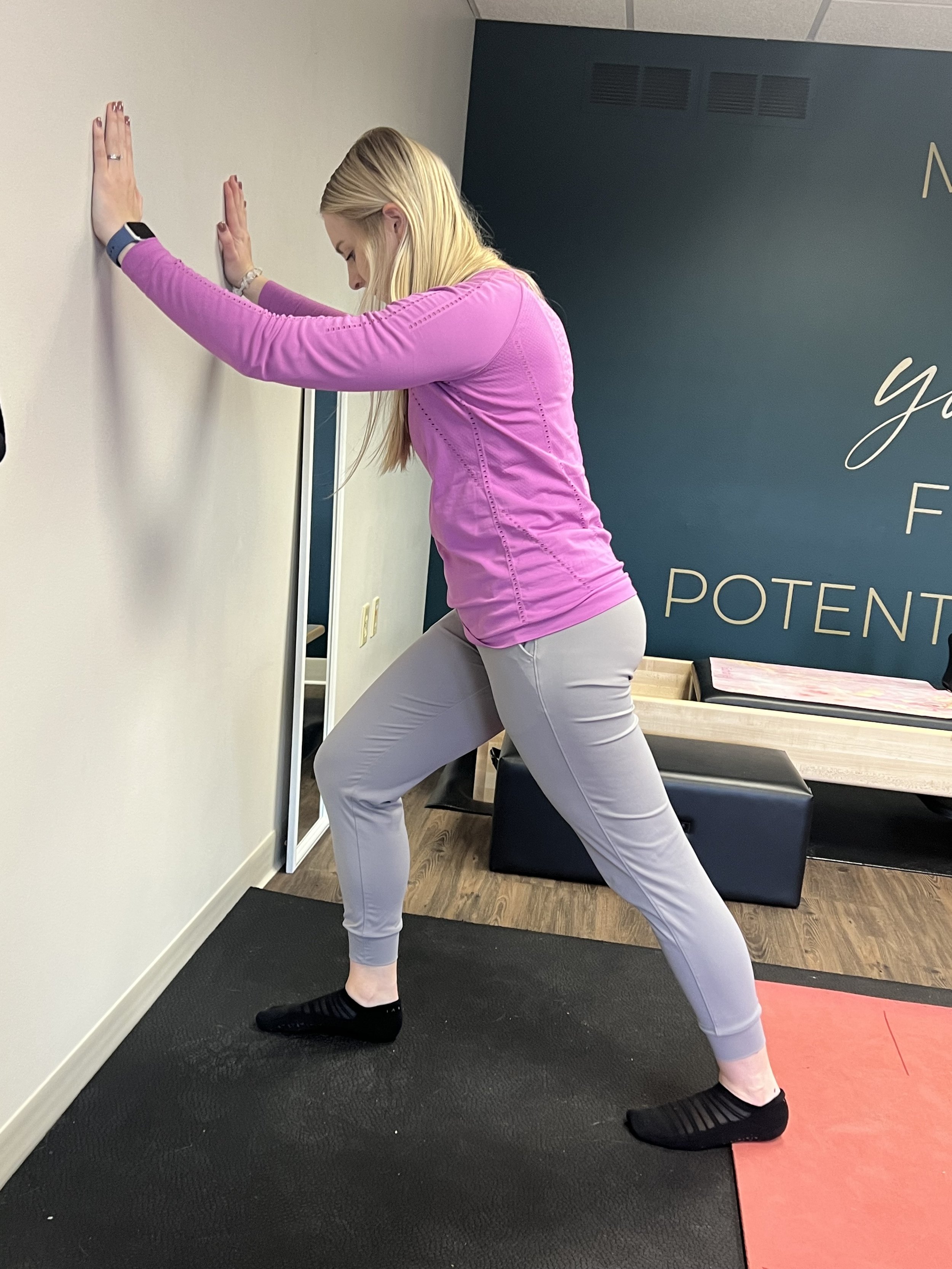ANKLE/FOOT HEALTH FOR DANCERS
We see hundreds of foot and ankle injuries in dancers coming into the clinic!
It is clear across the literature that the most injured region of the body in dancers is the foot/ankle (Rinonapoli et al., 2020). This is typically due to an acute injury or chronic overuse and repetitive microtraumas over time. Given the increased load or weight the foot/ankle bears, this can result in injuries such as stress fractures, sesamoiditis, ankle impingement, achilles tendinopathy/Sever’s disease, and more (Ivanova et al., 2023). Injury prevention and targeted exercise with a physical therapist is crucial to avoid future injury and to improve performance in skills like jumping, turning, leaping, and more!
So, what can you be doing to optimize your performance and prevent future injuries?
1.RECOGNIZE WHEN YOU NEED TO REST OR SEEK MEDICAL ATTENTION
Stress fractures are often caused by overtraining and repetitive loading/landing to the foot/ankle. One of the most common stress fractures in dancers is at the base of the second metatarsal (Albisetti et al., 2010). Other areas include the fifth metatarsal (Jones Fracture), sesamoid, and tibia. If you have pain in any of these areas and you have pain with weightbearing, walking, jumping/hopping, and/or leaping, you may want to seek medical attention to screen for a fracture. Avoid painful movements/activities until you are given medical clearance. A physical therapist can work with you to help you return to full participation.
2.FOOT INTRINSIC EXERCISES
There are many small muscles in the foot that create support and help distribute weight appropriately. It is very important to address these muscles to reduce injury. Exercises to address these muscles can include arch lifting, spreading and scrunching the toes, and alternating extension of the big toe versus the small toes. Start performing these exercises seated and progress to performing them in standing.
3.ANKLE STRENGTH AND STABILITY EXERCISES
Ankle strength and stability is crucial for turning, maintaining a pointed ankle (plantarflexion) on the balls of the feet, and for optimizing power with leaping and jumping. Dancers should regularly perform single leg balance stability activities; challenge yourself by adding upper body movements like throwing a ball, standing on an unstable surface, turning your head in different directions, closing your eyes, or even putting some books under your heel (this reduces ankle stability). The possibilities are endless! Single leg hopping is beneficial for weight acceptance and landing mechanics to prevent sprained ankles and fractures. Finally, you can always use a band to add resistance for pointing the foot in different directions to strengthen the ankles.
4.ANKLE MOBILITY
Lack of ankle mobility may be another factor contributing to injury risk. Poor ankle mobility may be due to tightness/shortening of the calf muscle OR stiffness in the ankle joint itself. It is important to address both! To address the calf muscle, you can stretch the calf in a lunge position or let the heels lower off the edge of a step. You can also try to roll out the calf muscles with a foam roller or ball. To address the ankle joint, place your foot on a step or chair and lunge forward, bringing the knee over the toes.
Adding these exercises to your program should help keep your feet/ankles pain free, reduce injury risk, increase efficiency, and help improve performance!
RESOURCES:
Albisetti W, Perugia D, De Bartolomeo O, Tagliabue L, Camerucci E, Calori GM. Stress fractures of the base of the metatarsal bones in young trainee ballet dancers. Int Orthop. 2010;34(1):51-55.
Ivanova V, Todd NW, Yurgelon J. Dance-related foot and ankle injuries and pathologies. Clin Podiatr Med Surg. 2023;40(1):193-207.
Rinonapoli G, Graziani M, Ceccarini P, Razzano C, Manfreda F, Caraffa A. Epidemiology of injuries connected with dance: a critical review on epidemiology. Med Glas (Zenica). 2020;17(2):256-264.



